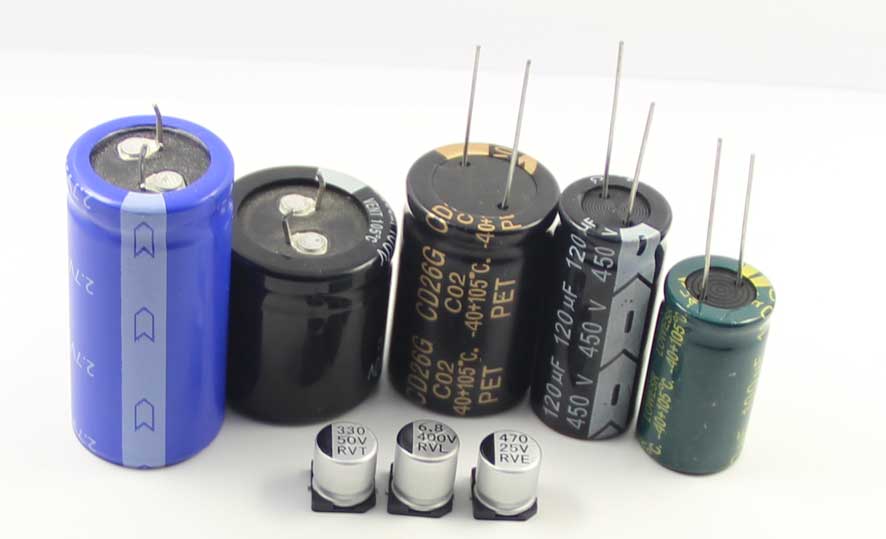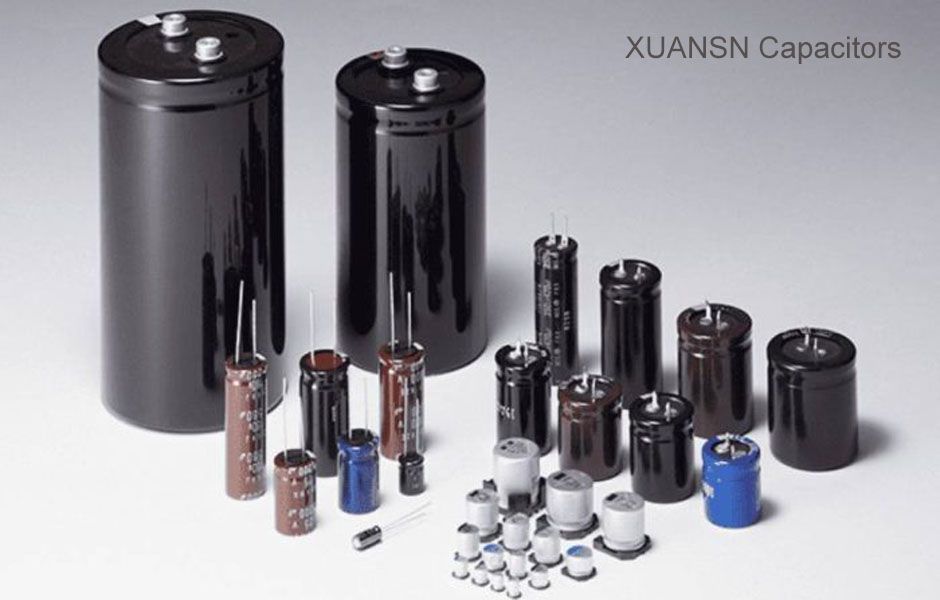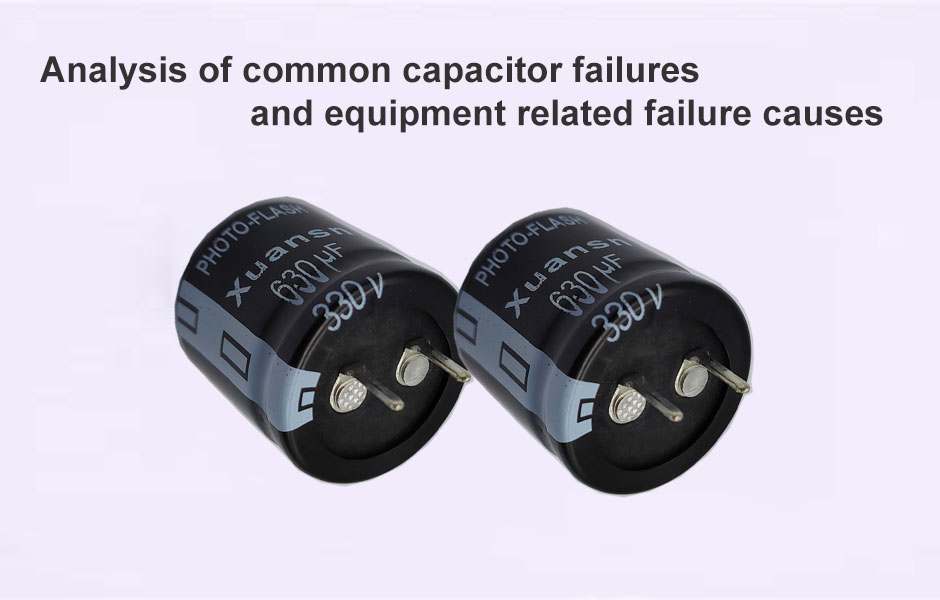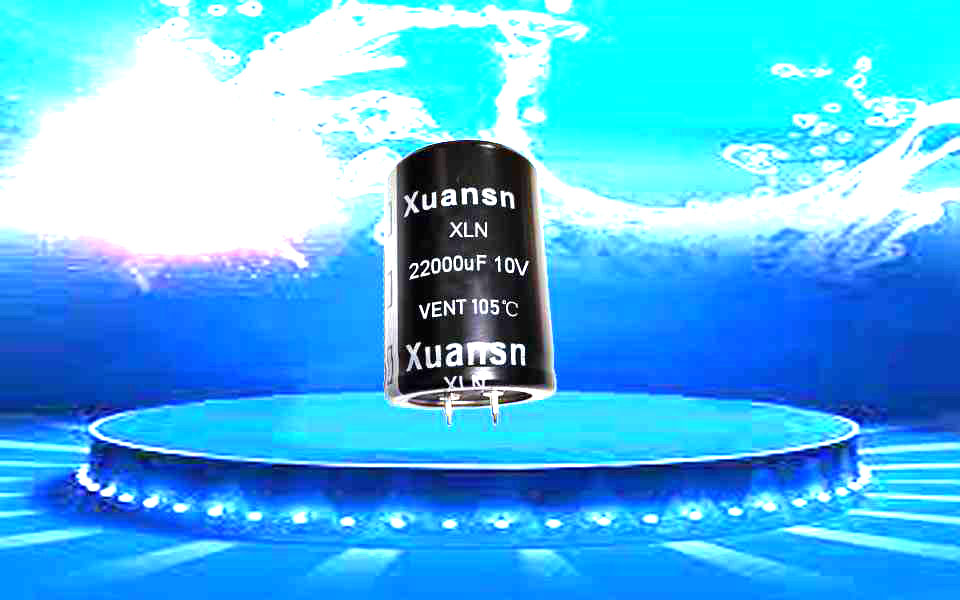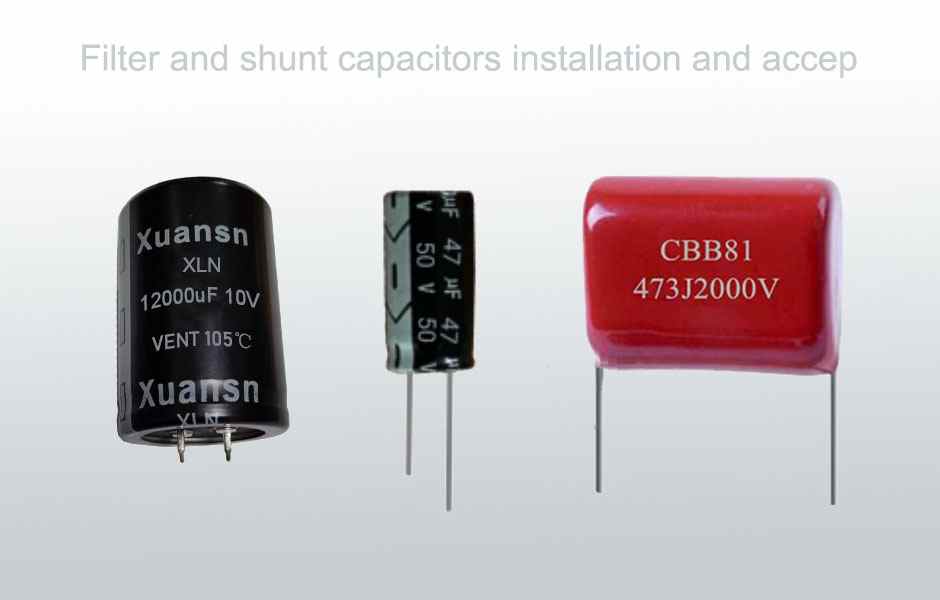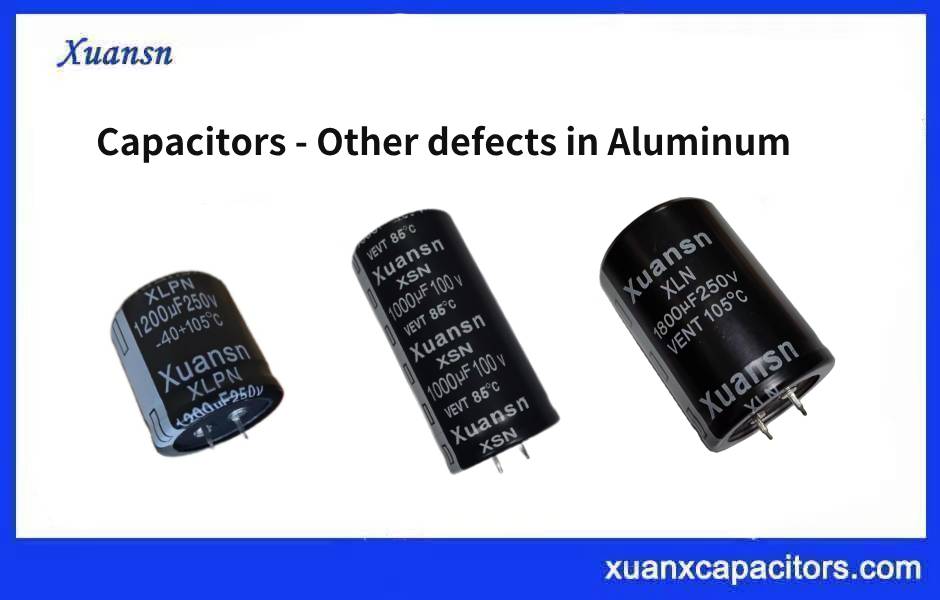Why aluminum electrolytic capacitors are out of stock but it is difficult to increase prices?The Japanese three CON is the market leader. They basically do not move. The manufacturers in mainland China and Taiwan also have big factories and are listed companies. Compared with private enterprises, listed companies have strong capital, and the price war has been the basic strategy in the past few years. Under the price war, many private electrolytic capacitor companies have been shuffled (closed or acquired).
This year’s upstream materials rose, causing the industry’s profits to drop. On April 28, 2018, Aihua Group’s first-quarter earnings report showed that its listed company’s net profit decreased by 33.02% year-on-year (compared with the same period last year), and its net profit decreased by 32.57 compared with the previous quarter. %. The reason given in the financial report is that “the rise in material prices, the decrease in wealth management income, the increase in R&D investment, the depreciation of the US dollar exchange rate and the increase in financial expenses have led to a decline in net profit”.
Another 2018 annual financial report of Nantong Jianghai, another leading electrolytic capacitor manufacturer in China, also showed that the net profit attributable to shareholders of listed companies after deducting non-recurring gains and losses decreased by 21.81% compared with the same period of last year. However, the ring is still growing in Nantong. From the financial point of view, we can see that the pressure of the Aihua Group’s financial report is significantly larger than that of the Nantong River. This is also the industry’s speculation as to why Aihua’s announcement was quickly masked by 8%.
Why can’t aluminum electrolytic capacitors increase in price? Industry analysis, although the reasonable price increase is expected by the industry, but now is the price increase of any manufacturer, its market share is expected to be taken over by peers soon. In particular, listed companies have capital, Japanese companies have profit margins, but private enterprises are not listed, and aluminum electrolytic production enterprises that have not been externally invested are the victims of the surge in raw materials brought about by this environmental storm.
